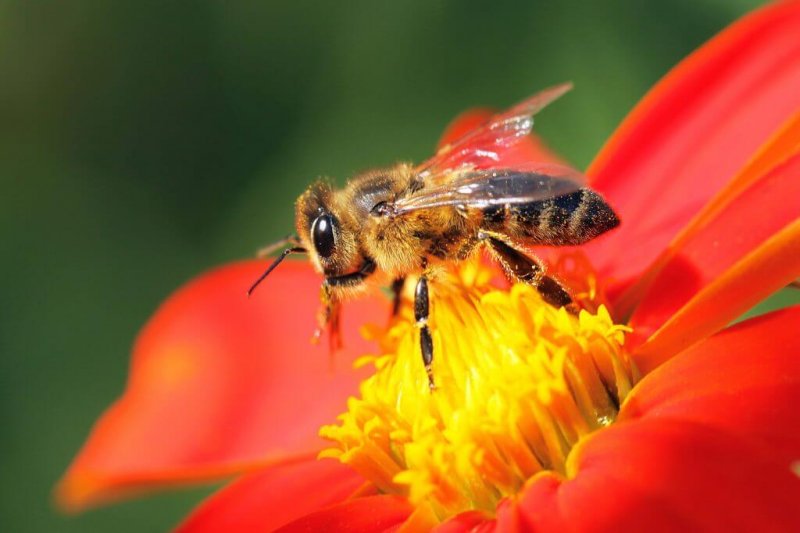The percentage of Ontario honeybee colonies dying over the winter declined for a third straight year, as hive mortality fell to its lowest level in a decade.
The latest annual survey of beekeepers by the Canadian Association of Professional Apiculturists found that 17.8% of Ontario honeybee colonies did not survive the winter of 2020-21. That’s a drop from 19.1 per cent a year earlier. Winterkill hit 22.6 % of colonies in 2018-2019 and 45.7% in 2017-18.
But does the recent decline of the past few years have anything to do with the former Wynne Liberal Ontario government’s imposition of provincial regulations curtailing the use of neonicotinoid-treated corn and soybean seeds?
The best year with the lowest amount of winterkill was prior to the far-reaching ban on the insecticide-treated seed. The province announced in 2014 that it wanted to reduce neonic use by 80 per cent by 2017.
Shortly after, Conservative federal agriculture Minister Gerry Ritz said that the province’s arguments were not science-based.































